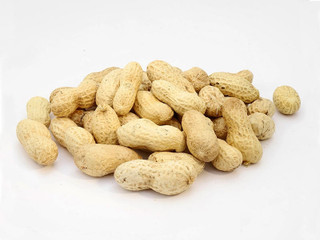Kennedy Wild Bird Food Guide to the Cuckoo
The common cuckoo is a member of the cuckoo species and is scientifically referred to as Cuculus Canorus (cuckoo melodious) in Latin. It’s estimated that there are over 25 million worldwide, with over 12 million of them being in Europe. In this guide, we’ve provided a breakdown of some of the most interesting and intriguing facts, including what this beautiful bird looks like, sounds like and where exactly you can find them in the UK.What does a cuckoo look like?
Adult Cuckoo The common cuckoo can vary in appearance depending on its age. Young birds are brown and black in colour (pictured above) with a cream, striped breast. Once a juvenile bird becomes an adult they becomes much more grey and white in colour (also pictured above). However, its chest is still distinctly striped. An adult bird can somewhat resemble a collared dove.
The common cuckoo can vary in appearance depending on its age. Young birds are brown and black in colour (pictured above) with a cream, striped breast. Once a juvenile bird becomes an adult they becomes much more grey and white in colour (also pictured above). However, its chest is still distinctly striped. An adult bird can somewhat resemble a collared dove.










